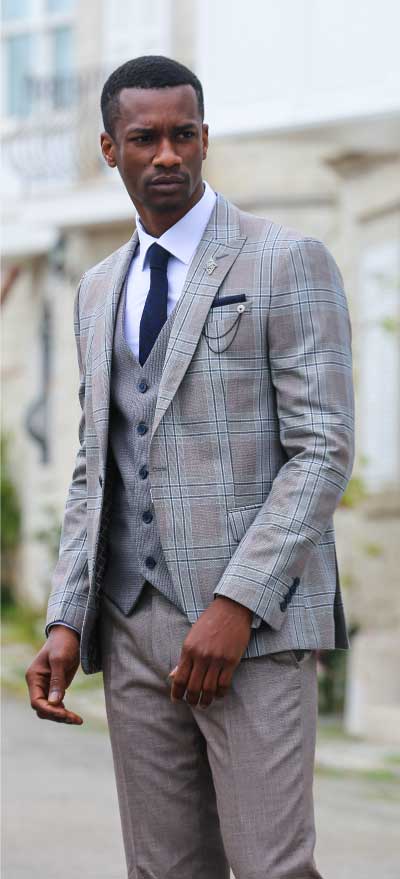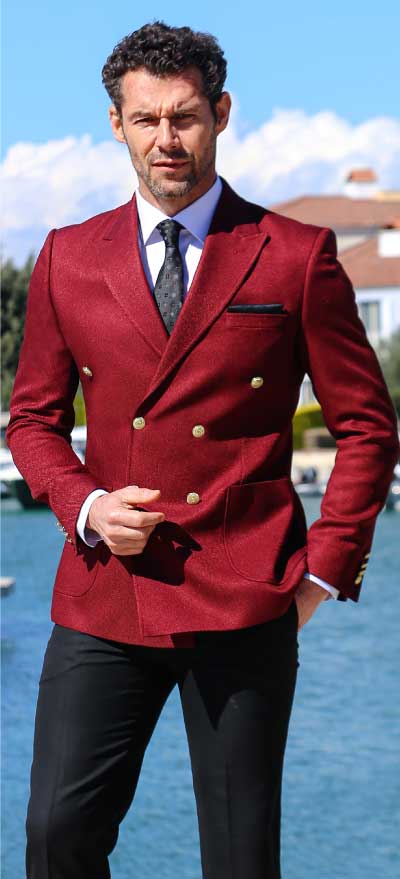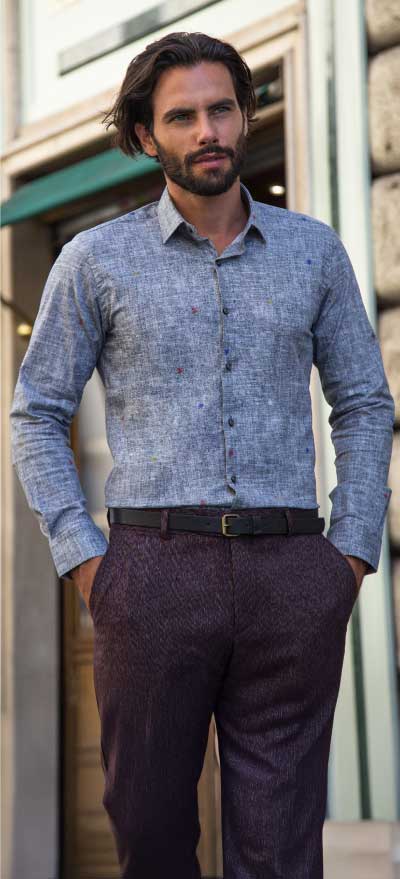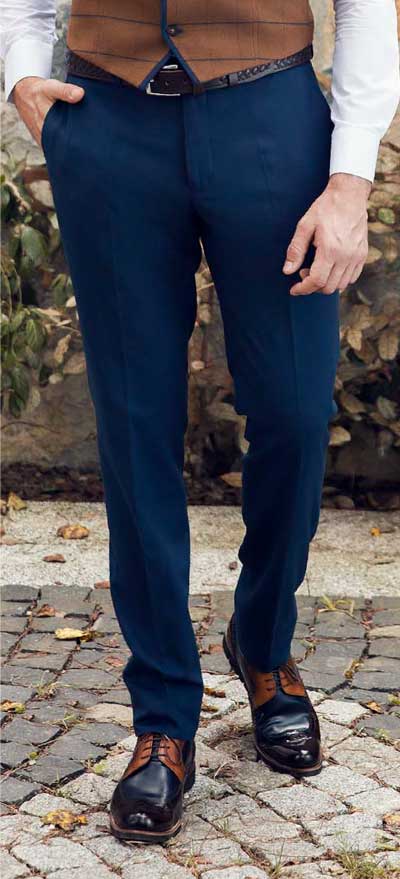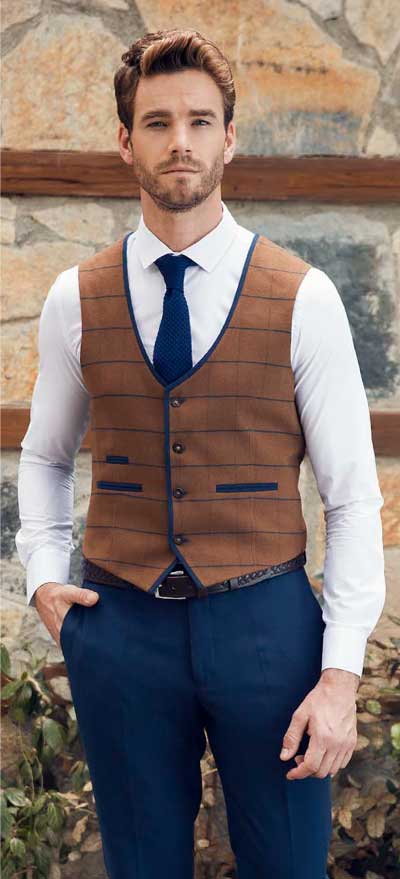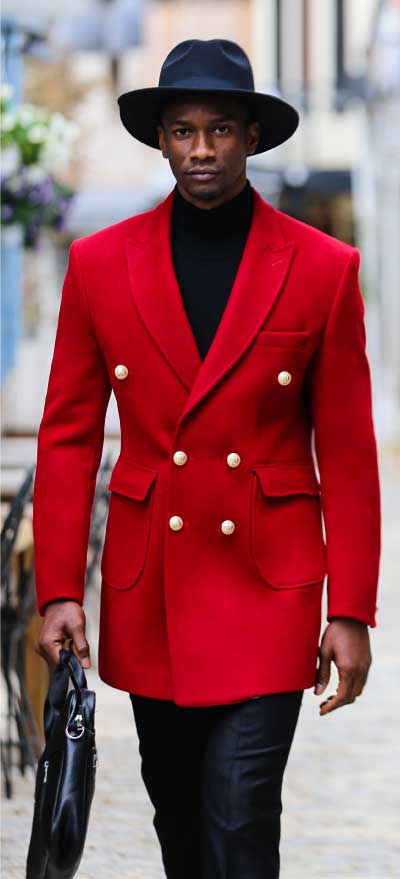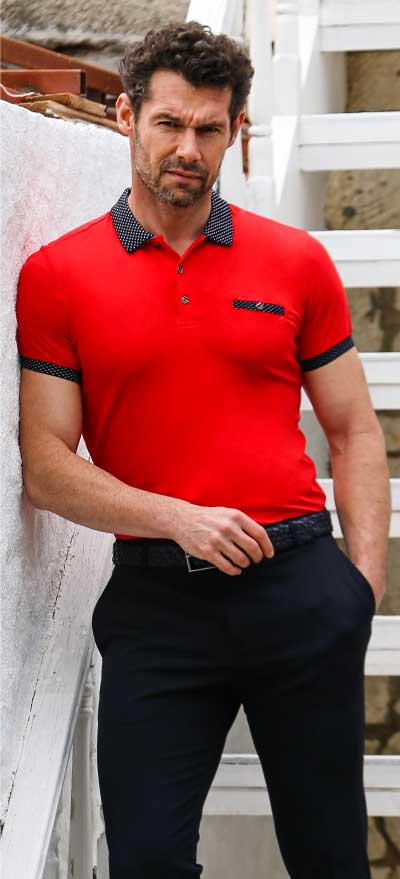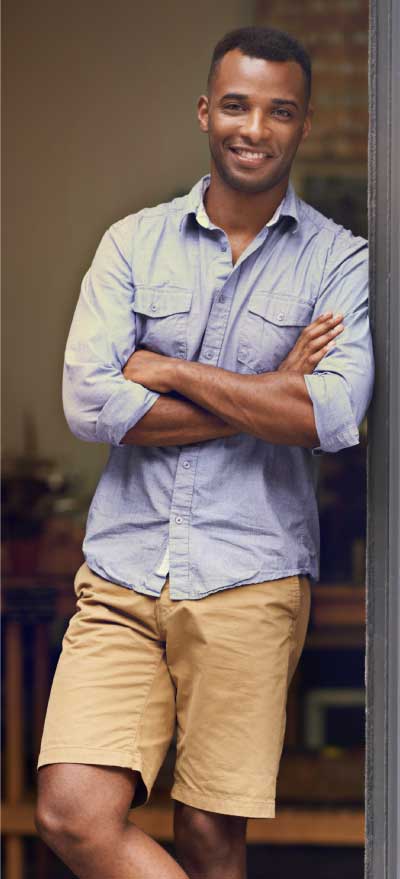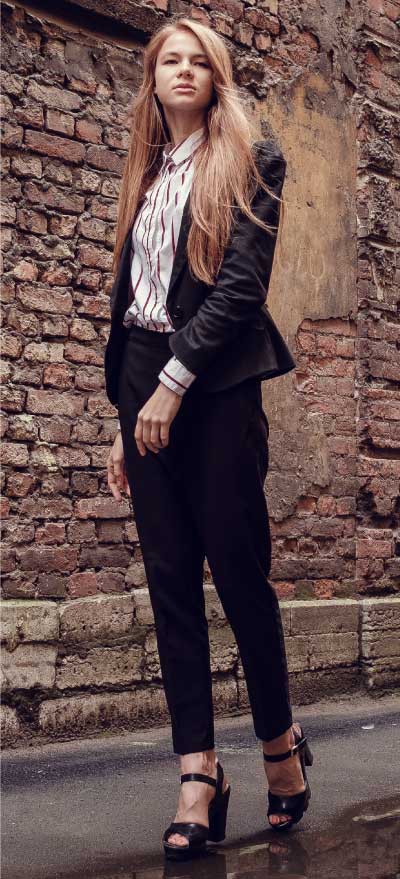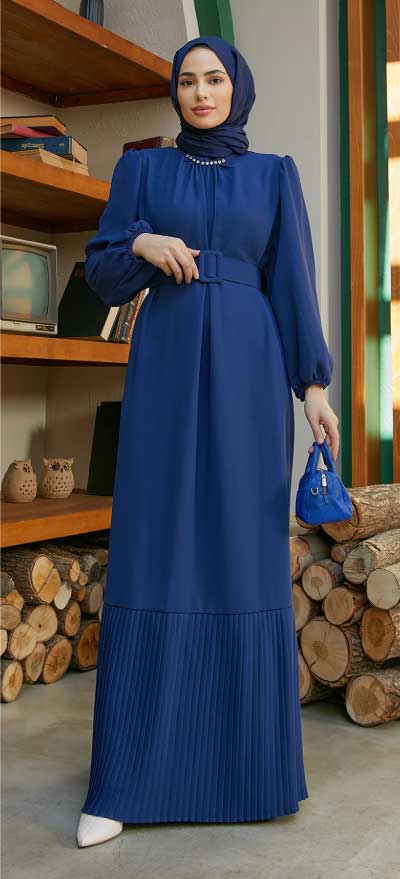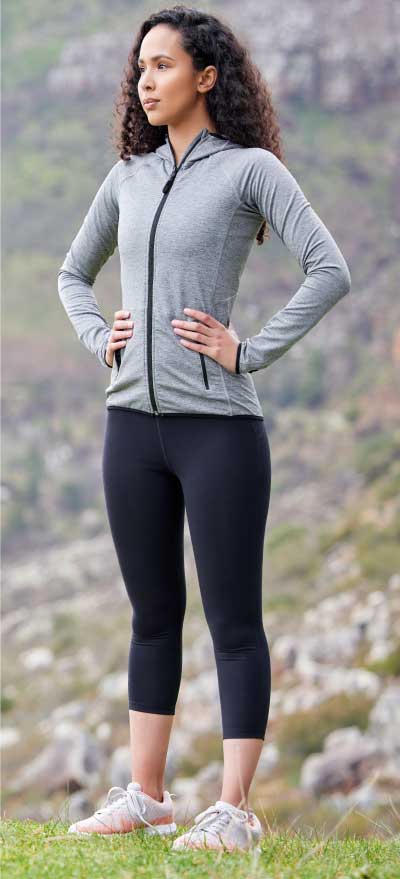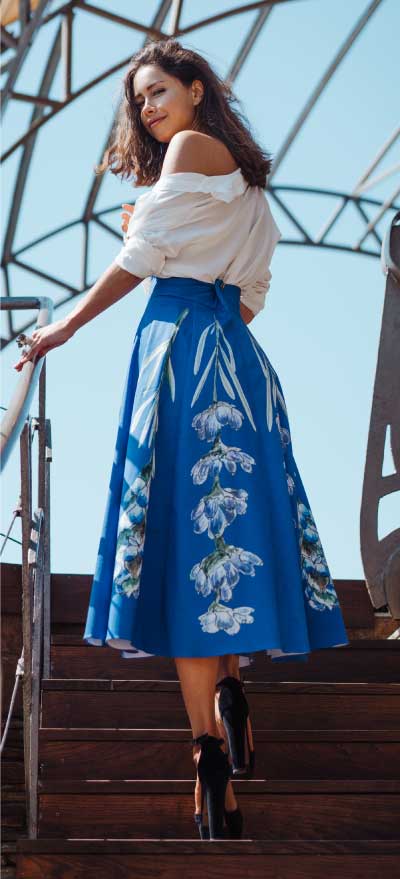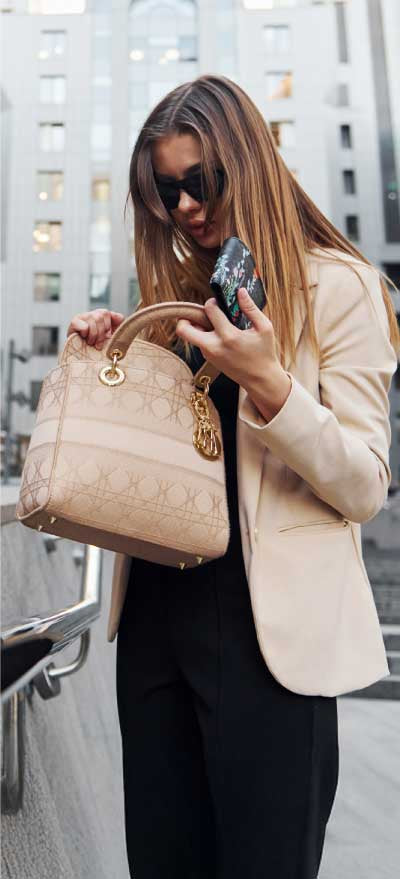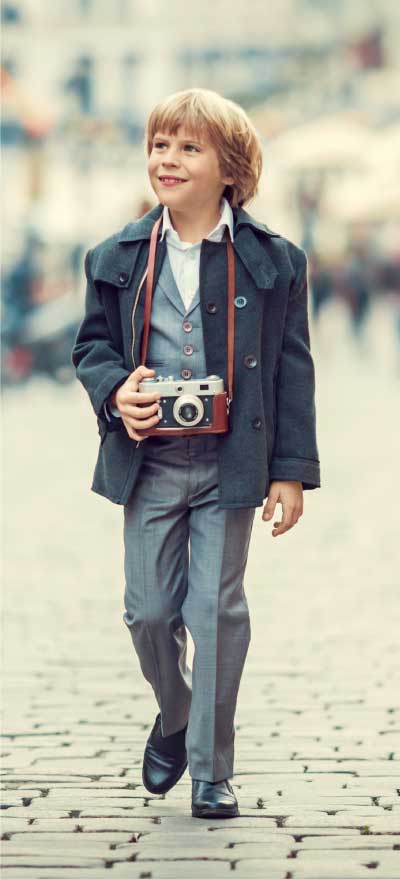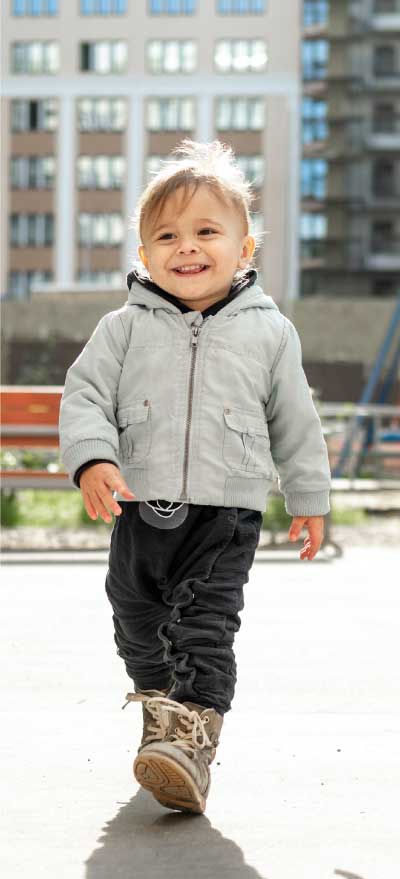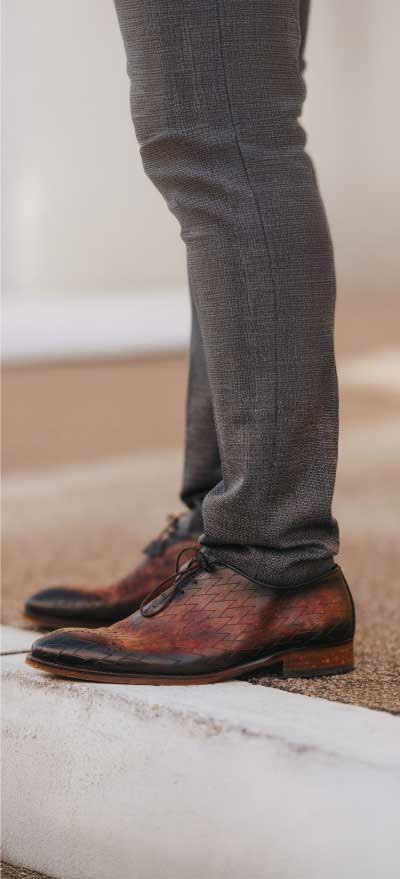Tips for Organizing Bulk Women's Shoes in Retail Spaces
Managing large volumes of women's shoes in retail environments presents unique challenges that require strategic planning and innovative solutions. Whether you're operating a boutique shoe store or managing wholesale inventory like Clothing Supplier, effective organization systems can dramatically improve customer experience while maximizing sales potential. The key lies in creating systems that balance accessibility, visual appeal, and efficient inventory management.
Understanding Size-Based Organization Systems
The foundation of successful shoe organization begins with establishing clear size-based systems. Unlike clothing items that may have flexible sizing, shoes require precise size matching, making systematic organization crucial for both customer satisfaction and staff efficiency. Implement a consistent sizing system throughout your store, using standardized measurements and clear labeling that customers can easily understand.
Consider creating dedicated sections for different size ranges, with the most popular sizes (typically 7-9 for women) positioned at eye level and in easily accessible locations. This approach reduces search time for customers and staff while ensuring that your best-selling sizes receive maximum exposure. Less common sizes can be positioned on higher or lower shelves without significantly impacting sales performance.
Category-Based Display Strategies
Organize your shoe inventory into logical categories that reflect customer shopping patterns and seasonal demands. Primary categories might include casual shoes, athletic footwear, formal heels, boots, and sandals. Within each category, create subcategories based on style, color, or price point to further streamline the shopping experience.
Seasonal organization becomes particularly important in shoe retail, as customer preferences shift dramatically throughout the year. During spring and summer months, prioritize sandals and lightweight shoes in prominent display areas, while reserving boot sections for less visible locations. Reverse this approach during fall and winter seasons to match customer demand patterns.
Maximizing Vertical Space Efficiency
Shoe retail requires innovative approaches to vertical space utilization due to the three-dimensional nature of footwear. Implement multi-level shelving systems that can accommodate different shoe heights while maintaining visual appeal. Adjustable shelving provides flexibility for seasonal changes and new inventory arrivals.
Consider using clear acrylic displays or glass shelving that allows customers to see shoes from multiple angles without handling every pair. This approach reduces inventory damage while improving the overall shopping experience. Wall-mounted displays can showcase featured styles while freeing floor space for customer movement and additional inventory.
Color Coordination and Visual Appeal
Creating visually appealing displays through color coordination can significantly impact customer engagement and sales performance. Organize shoes within categories by color families, creating rainbow-like progressions that naturally draw the eye across your entire selection. This approach helps customers quickly locate preferred colors while encouraging exploration of similar options.
Neutral colors like black, brown, and nude typically require the most space and should be positioned centrally within each category. Bright colors and seasonal shades can be used as accent pieces to create visual interest and highlight new arrivals or special promotions. Clothing Supplier's retail partners often find that strategic color placement increases both browsing time and purchase frequency.
Implementing Efficient Inventory Management
Bulk shoe inventory requires sophisticated tracking systems to prevent stockouts and overstock situations. Implement barcode or RFID systems that allow for quick inventory counts and real-time stock monitoring. This technology becomes especially valuable when managing large volumes of shoes across multiple sizes and styles.
Create clear labeling systems that indicate not only size and style but also stock levels and reorder points. This information helps staff make informed recommendations to customers while identifying slow-moving inventory that may require promotional pricing or repositioning within the store.
Customer Self-Service Solutions
Modern consumers increasingly prefer self-service options that allow them to browse and try shoes without constant staff assistance. Design your organization system to support independent shopping while maintaining security and inventory control. Clear sizing charts, size conversion guides, and fitting instructions should be readily available throughout the shoe section.
Consider implementing try-on stations with comfortable seating, mirrors, and adequate lighting that encourages customers to test multiple pairs. These stations should be strategically positioned to allow staff oversight while giving customers privacy and comfort during the fitting process.
Back-Stock Organization Systems
Efficient back-stock organization is crucial for maintaining adequate floor inventory while managing storage space constraints. Implement systematic storage solutions that mirror your floor organization, making it easy for staff to locate and restock specific sizes and styles quickly.
Use clear storage containers or labeled bins that allow for quick visual identification of contents. Organize back-stock by category and size, with the most frequently accessed items positioned for easy reach. Regular rotation schedules ensure that older inventory moves to the sales floor before newer arrivals, maintaining product freshness and reducing markdowns.
Technology Integration for Enhanced Organization
Modern retail technology offers numerous solutions for improving shoe organization and customer experience. Digital inventory displays can show available sizes without requiring physical handling of every shoe. Mobile apps can help customers locate specific styles and sizes within your store layout.
Point-of-sale systems integrated with inventory management can provide real-time stock information and suggest alternative sizes or similar styles when specific items are unavailable. This technology particularly benefits high-volume operations where staff cannot memorize entire inventory details.
Maintenance and Cleaning Protocols
Shoes require more intensive maintenance than most retail products due to customer try-on activities and dust accumulation. Establish regular cleaning schedules that maintain product appearance while ensuring hygiene standards. Use appropriate cleaning products that won't damage different shoe materials or finishes.
Implement daily organizational checks that ensure shoes remain properly positioned and sized. This attention to detail maintains the professional appearance that customers expect while reducing the time required for major reorganization sessions.
Conclusion
Effective organization of bulk women's shoes requires combining systematic approaches with creative display solutions. By implementing size-based systems, category organization, efficient use of vertical space, and modern technology integration, retailers can create shopping environments that serve both customer needs and business objectives. Whether working with wholesale suppliers like Clothing Supplier or managing independent inventory, these organizational principles provide the foundation for successful shoe retail operations that drive customer satisfaction and sustainable growth.




